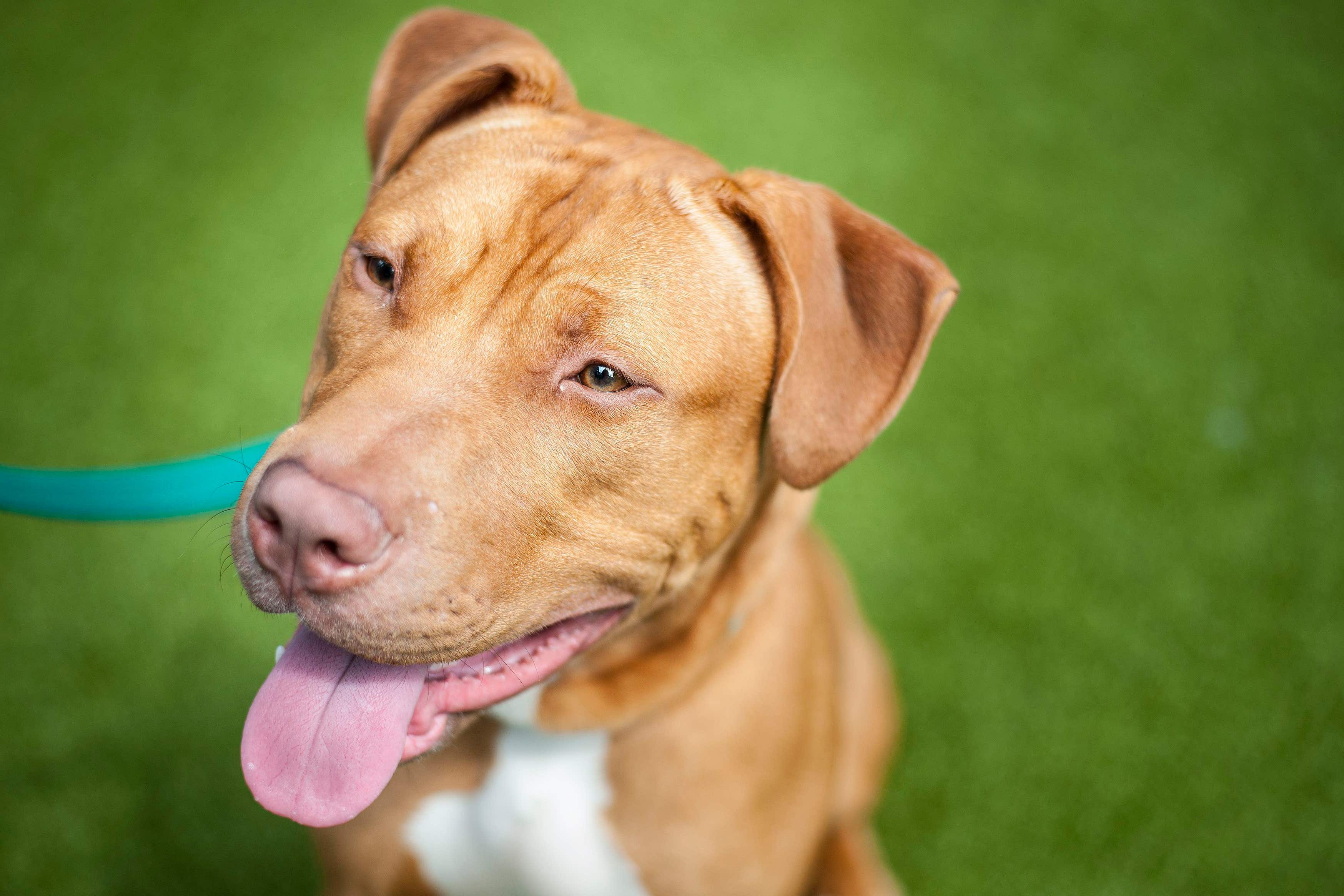Children may learn to identify dog aggression with age and experience – study
Six-year-olds and adults were better than four-year-olds at correctly reading dog facial expressions, especially for aggression, research suggests.

Young children may learn to identify dog aggression with age and experience, researchers have found.
In a study of children and adults, being older and having had a pet dog were associated with better ability to recognise dog emotions from facial expressions.
According to the findings, four-year-olds were less able to recognise aggressive dog expressions than older children and adults.
Recognising emotions from facial expressions is a key part of non-verbal communication between species, experts say.
Aggressive dog expressions were especially rated incorrectly by four-year-olds, and they rated aggressive dogs as significantly more positive and lower in arousal than adults
Past research has suggested three to five-year-olds may be less able to recognise dogs’ emotions than older children and adults.
In order to further the understanding around the relationships between age, prior dog experience, and the ability to recognise dog emotions Heini Tornqvist of the University of Jyvaskyla, Finland, and colleagues conducted a study involving 34 adults, 28 four-year-olds and 31 six-year-olds.
Everyone in the study looked at images on a computer screen of various dog and human faces displaying different expressions.
They were then asked to rate each expression according to its level of happiness, anger, positivity, negativity, and amount of emotional arousal.
The study found that people of all ages and prior dog experience – having had a pet dog in their family – gave roughly similar ratings to the images.
Regardless of pet dog experience, adults and six-year-olds were better at identifying aggressive dog faces than four-year-olds.
However, both age groups of children showed similar abilities in recognising human expressions.
Compared to adults, children rated aggressive dog expressions as being more positive, the study found.
While people without pet dog experience rated aggressive dog expressions as being more positive than participants with dog experience.
The findings suggest that people’s ability to recognise dog emotions, especially aggression, may improve with age, which could arise from both more experience with dogs and maturation of certain brain structures.
The authors of the study, published in Plos One, said: “Aggressive dog expressions were especially rated incorrectly by four-year-olds, and they rated aggressive dogs as significantly more positive and lower in arousal than adults.”
Another study in the same journal found mixed-breeds, Labradors and Jack Russell terriers are the most common UK dog breeds.
The findings are based on an analysis of more than two million pet dogs living in the UK in 2019.
The study by Dan O’Neill of the Royal Veterinary College, and colleagues, also found that almost one in five UK dogs were flat-faced breeds, with increased health risks.
The advice is to stop and think before buying a dog with an extreme body shape
In 2022, 31% of UK households reported owning a pet dog, making dogs the most popular pet in the country.
Researchers suggest understanding the demographics of the UK pet dog population is necessary to inform efforts to optimise the health of the dog population.
According to the study, some 69.4% of the dogs were purebred, 6.7% were designer-crossbred (for instance, cockapoos or labradoodles), and 24% were mixed-breed.
Among puppies less than one-year-old, the most common breeds were mixed-breed, French bulldogs, and cockapoos.
Male dogs were slightly more common than female dogs overall.
Further analysis revealed that 17.6% of the dogs in the study represented breeds such as pugs, French bulldogs, and English bulldogs brachycephaly – a flattened skull shape associated with an increased risk of compromised health.
The authors predict a future canine healthcare crisis in the UK as dogs with brachycephaly and other extreme physical characteristics continue to increase in number and age.
Dr O’Neill said: “With 800 dog breeds available in the UK, this VetCompass study shows there are more than enough healthy breeds to choose from that do not suffer from extreme body shapes such as flat faces, skin folds or absent tails.
“Despite this, many UK owners are still persuaded by social influences and trends into acquiring dogs with extreme body shapes that are likely to result in serious health issues during much of their dogs’ lives.
“The advice is to stop and think before buying a dog with an extreme body shape.”
Bookmark popover
Removed from bookmarks